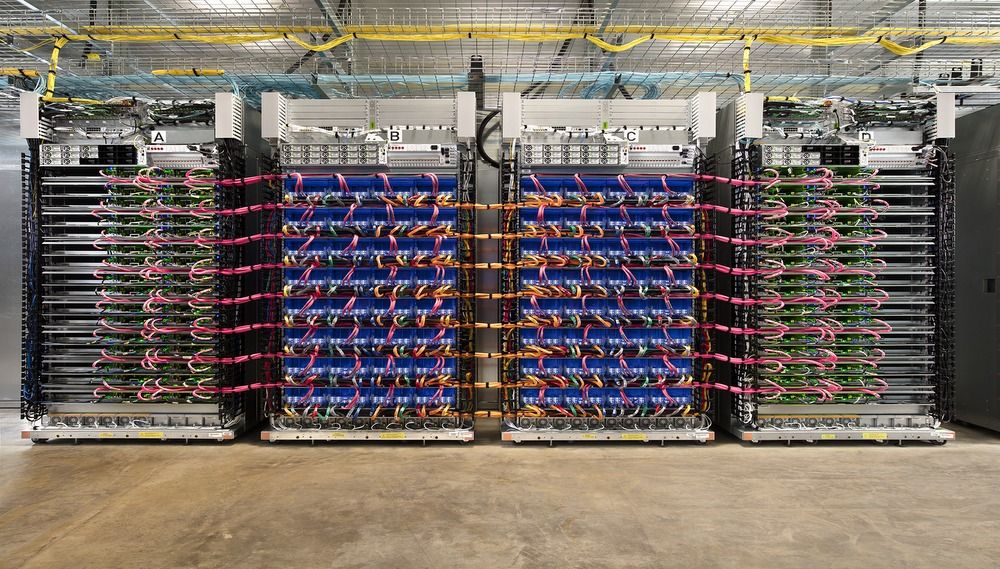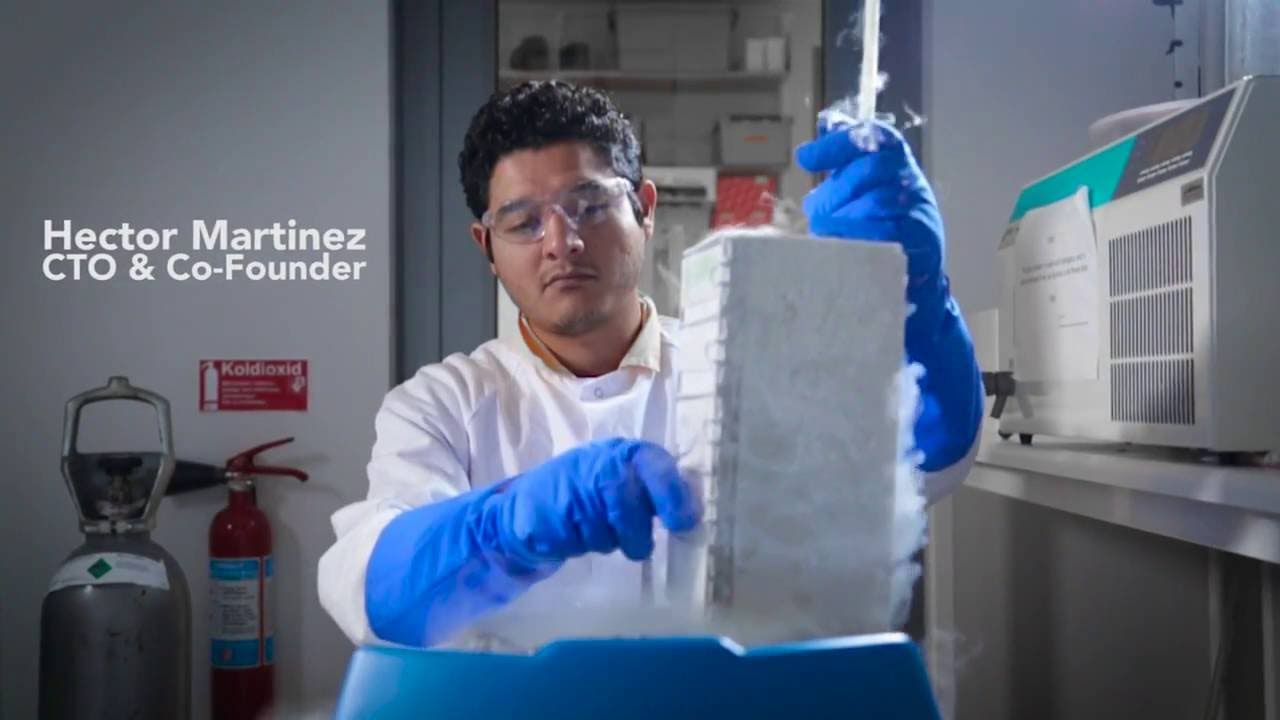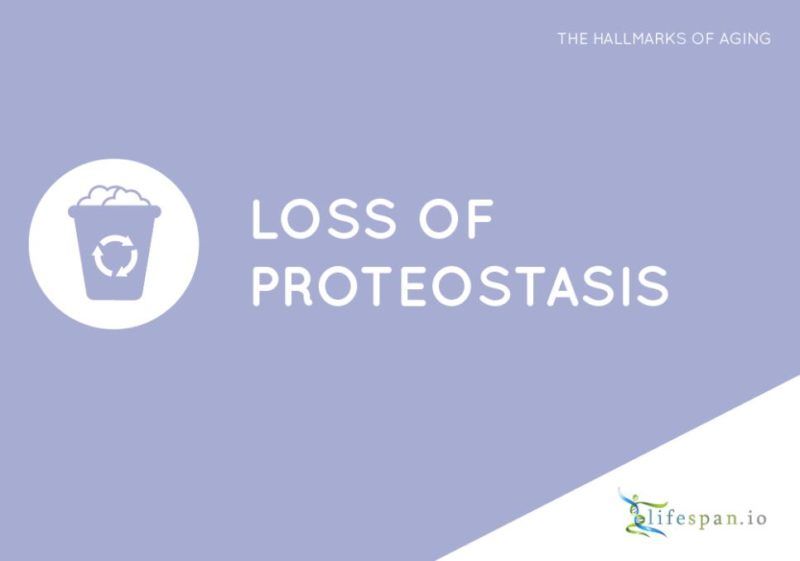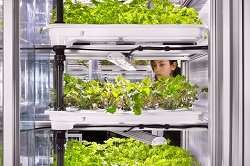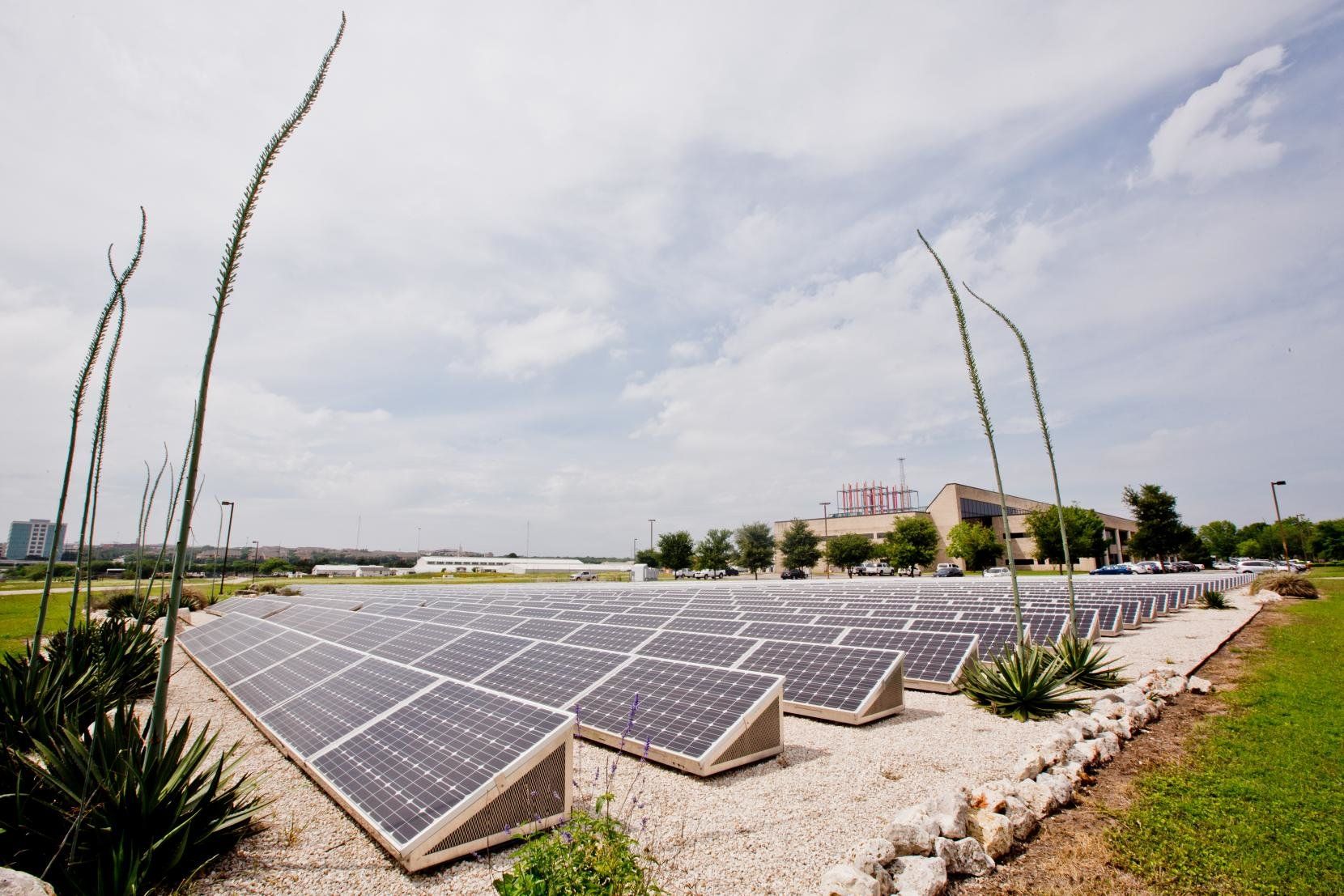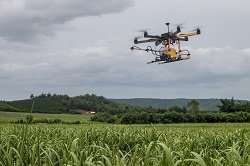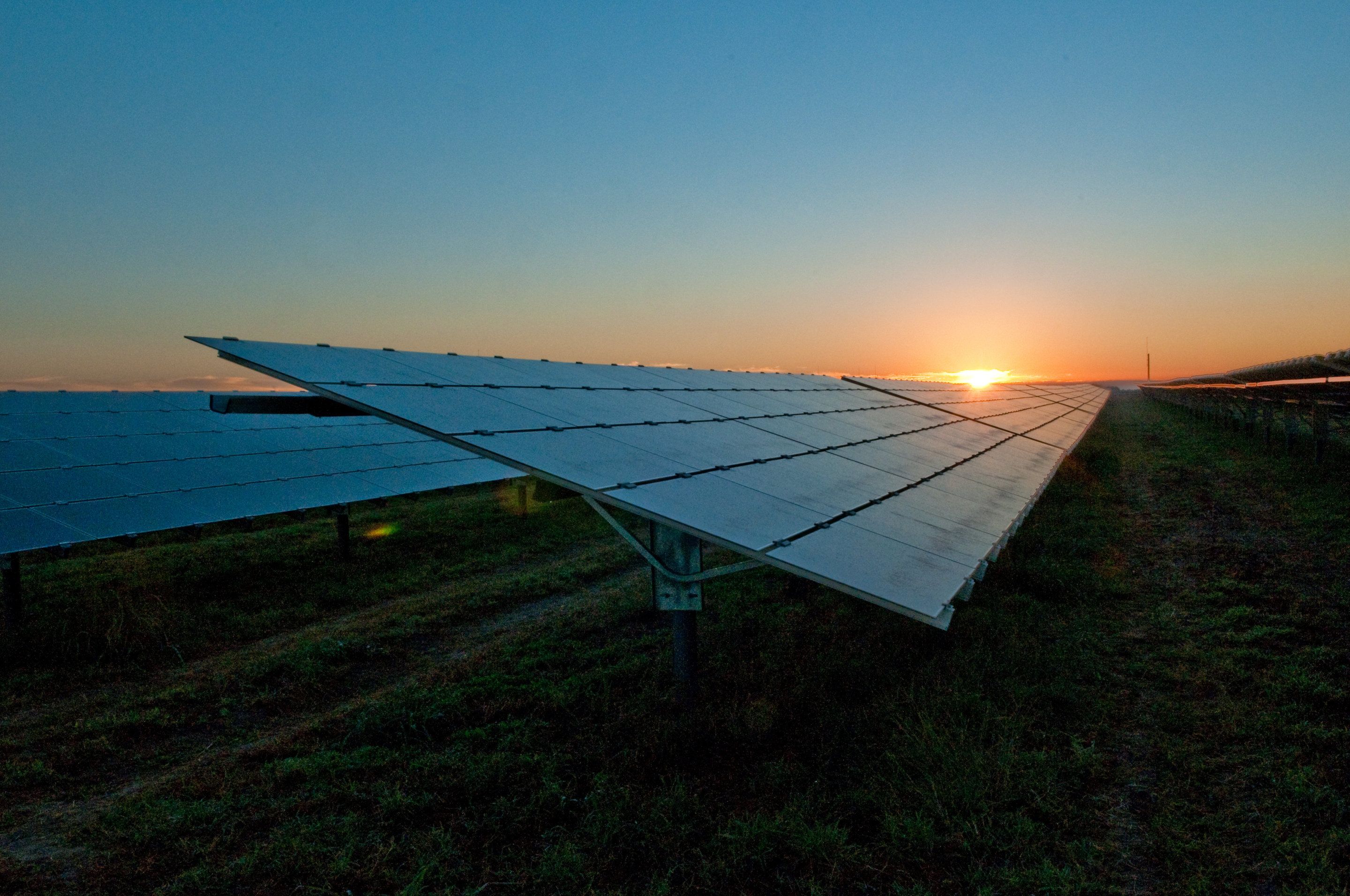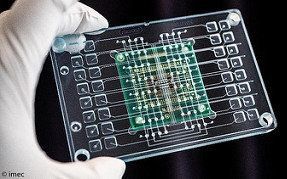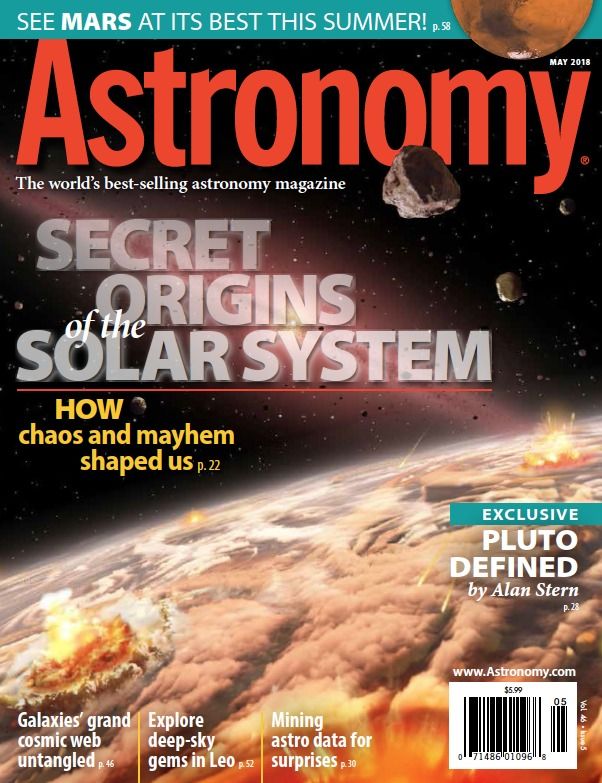May 23, 2018
Google and Coursera launch a new machine learning specialization
Posted by Klaus Baldauf in categories: information science, robotics/AI
Over the last few years, Google and Coursera have regularly teamed up to launch a number of online courses for developers and IT pros. Among those was the Machine Learning Crash course, which provides developers with an introduction to machine learning. Now, building on that, the two companies are launching a machine learning specialization on Coursera. This new specialization, which consists of five courses, has an even more practical focus.
The new specialization, called “Machine Learning with TensorFlow on Google Cloud Platform,” has students build real-world machine learning models. It takes them from setting up their environment to learning how to create and sanitize datasets to writing distributed models in TensorFlow, improving the accuracy of those models and tuning them to find the right parameters.
As Google’s Big Data and Machine Learning Tech Lead Lak Lakshmanan told me, his team heard that students and companies really liked the original machine learning course but wanted an option to dig deeper into the material. Students wanted to know not just how to build a basic model but also how to then use it in production in the cloud, for example, or how to build the data pipeline for it and figure out how to tune the parameters to get better results.
Continue reading “Google and Coursera launch a new machine learning specialization” »
